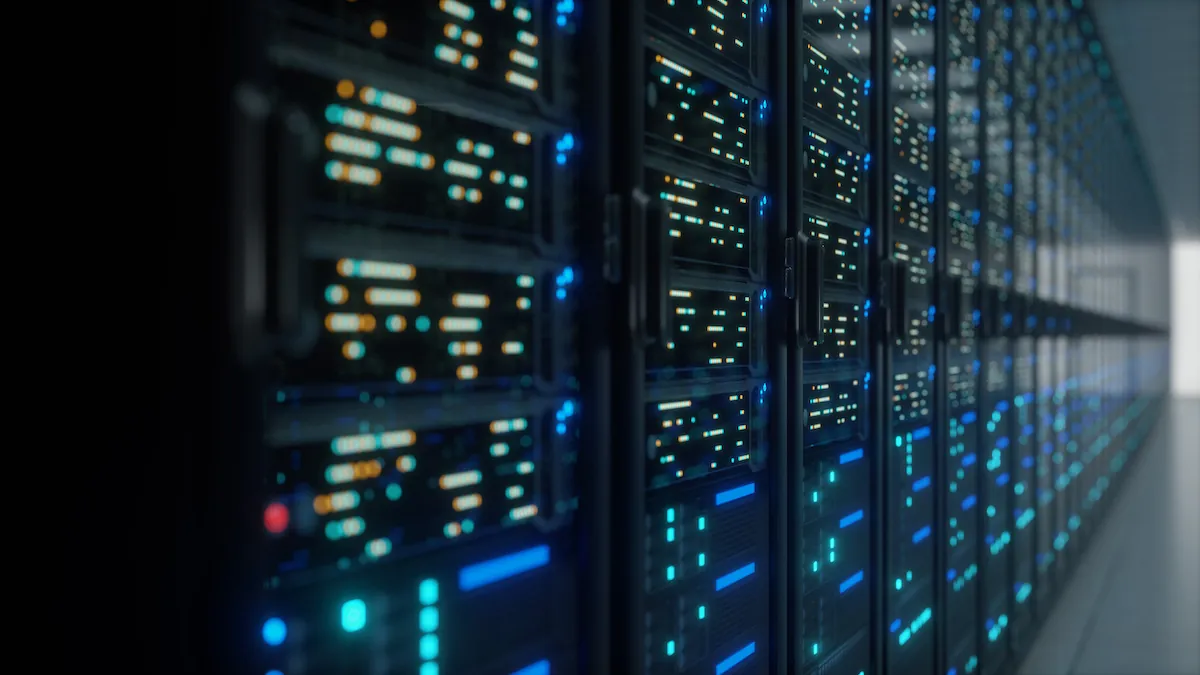It’s Time to Take DCIM to the Next Level16 min read

This article was originally written for UK magazine Networking+. You can view the original article here.
One thing that’s certain is that data center teams will be kept increasingly busy in 2021 as they’re asked to extract even more performance from existing data center assets. This will continue to be challenging – particularly as organizations work to accommodate the ongoing impact of the pandemic.
While legacy Data Centre Infrastructure Management (DCIM) tools are useful at helping data center operations teams manage their facilities, many find them limited when it comes to the kind of deep data analysis needed to really optimize performance at the mechanical and electrical level.
That’s why for true data center infrastructure management, DCIM tools need to get much more granular. They need to draw on the latest low-cost data center sensor technologies and intuitive 3D software visualizations to make immersive real-time optimization of data center rooms a reality. Seeing your data center environments in a realistic 360° real-time digital-twin view means you can quickly transition from just monitoring critical facilities to identifying and acting on thermal, power and capacity opportunities.
By gathering and visualizing this data at a granular level, operations teams can start to actively manage and maximize the performance of their critical data center environments, drawing on the latest AI and machine learning analytics capabilities to secure actionable improvements. So what sort of functionality should data center teams be looking for here?
From a space perspective, data center operations can use the 3D visualization approach and a simple drag and drop interface to support a range of M&E capacity planning activity from basic rack changes through to complete new room layouts. Capabilities such as space planning and reserved space allocation can help organizations to unlock any stranded capacity from their existing data center cooling and power infrastructure – effectively enabling them to do more with less.
Moving Beyond Legacy Reporting
This kind of approach goes beyond legacy DCIM reporting tools to provide tangible M&E insights that in turn allow data center estates to be run much leaner. Decisions can also be made more quickly, thanks to true live capacity planning functionality.
However, it’s also important to look for capabilities that make data center capacity planning and management even easier for operations teams to action. Transitioning from more static legacy DCIM approaches to true live capacity planning presents a great opportunity to take more control of data center estates – making the real-time operation of data center power, cooling and space a reality.
Functionality here that can deliver real value includes the ability to reserve data center space, power and cooling for future projects, as well as introducing intuitive ticketing and change workflows to simplify activities for operations teams. Examples include making it much easier to add new racks, enable further capacity or reduce space from racks, and also remove existing racks entirely.
These features make a huge difference for data center teams that are currently limited by complex DCIM systems that they find difficult to manage, or who are still relying on unwieldy spreadsheets to manage capacity changes to their estate. Some next gen DCIM capabilities might appear simple, but they can turn out to be really effective. Take a capability such as power over-allocation identification that helps teams to identify where current data center racks have locked-in power capacity that’s not currently being utilized. Previously this would have taken detailed searching to uncover, now this kind of information is immediately available thanks to the latest intuitive management platforms.
Remote Services Have Never Been More Critical
While the availability of a COVID-19 vaccine gives us all hope for 2021, the challenges presented by the pandemic are still a reality for the data center sector. However, the good news is that with new remote DCIM functionality, ops teams no longer need to be on-site to monitor data center performance and manage their infrastructure.
By coupling your data center digital twin with the latest Internet of Things enabled wireless temperature sensors, it’s now possible for data centers to track the condition of every asset of interest across their sites – right down to individual racks where required. Together this approach makes the real-time thermal management of critical facilities such as data centers a reality – even in the most difficult of circumstances.
Real-time monitoring, data-driven optimization.
Immersive software, innovative sensors and expert thermal services to monitor,
manage, and maximize the power and cooling infrastructure for critical
data center environments.
Real-time monitoring, data-driven optimization.
Immersive software, innovative sensors and expert thermal services to monitor, manage, and maximize the power and cooling infrastructure for critical data center environments.

Paul Milburn
Chief Product Officer, EkkoSense
Paul Milburn is responsible for driving the development of the company’s EkkoSoft Critical SaaS 3D visualization and analytics solution and Critical Things range of sensors and integration options. Paul brings over ten years’ senior product management experience to the role and focuses on the EkkoSoft Critical platform in key areas such as self-optimization and advanced analytics.
For six years Paul previously held the position of Head of Product Management at EkkoSense, where he played a key role in bringing EkkoSoft Critical to market. Before joining EkkoSense he spent five years as Product Manager for a DCIM vendor. Paul is also a qualified Management Accountant, and holds a Degree in Computational and Applied Mathematics from Nottingham University.
0 Comments